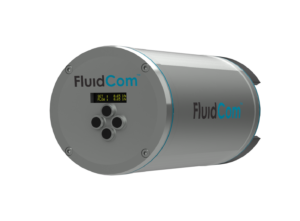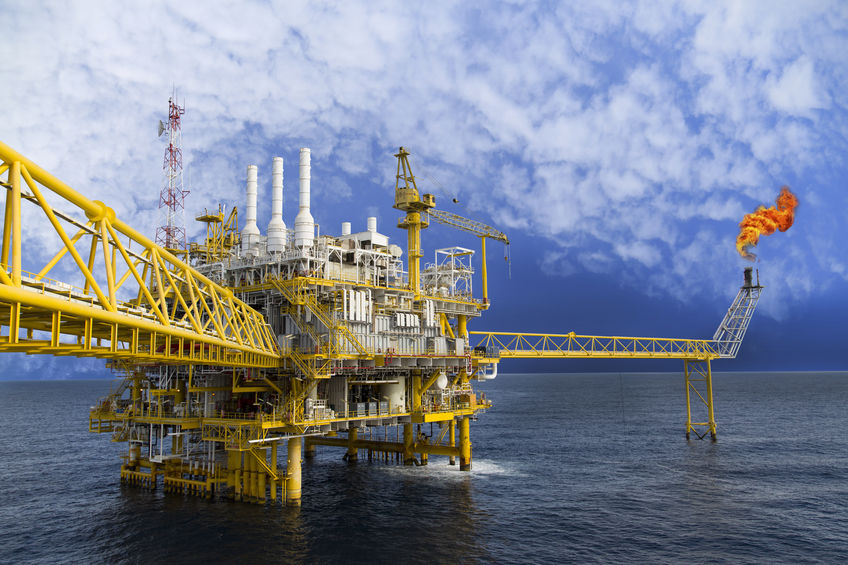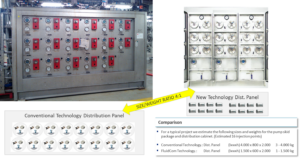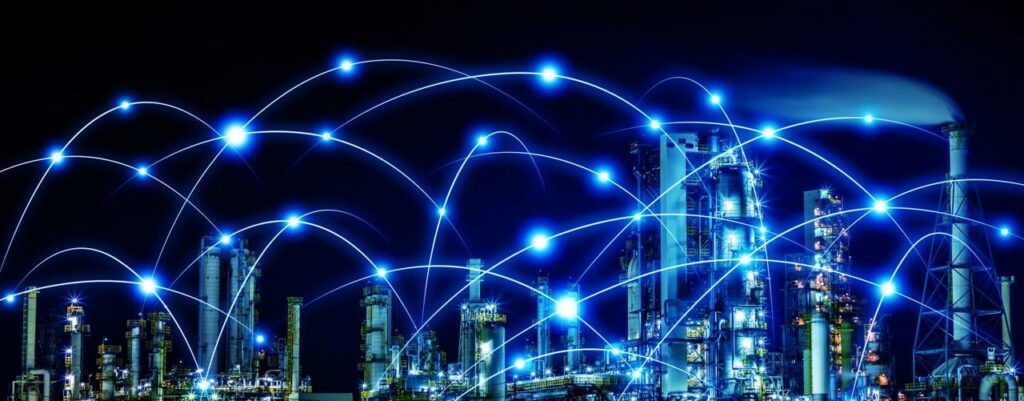A friend of mine is an excellent chef. She gave me the following answer when I asked for her recipe for success. “Cooking is a passion. Passion is not everything though. A perfect dish cannot be achieved without the right technology. You need precise measuring instruments to achieve the desired results in shape, taste, and consistency.” Does the combination of passion and high-precision measuring instruments also work for controlling and monitoring the injection of chemicals into Oil & Gas pipelines/wells?
Chemical injection -finding the correct dosage
Chemical injection seems to be the all in one solution: You can use it for oil recovery, upgrading of crude oil, prevent corrosion, free blocked perforations, etc. But do you know precisely how much chemicals you should inject? And how much chemicals did you inject? Can you compare chemical injection with cooking? I would agree with that. Even though chemical injection is definitely not like cooking, most chemical systems are unable to dose the chemicals correctly. Due to the lack of precise measuring instruments, chemical systems often under- or overdose. In practice, this means they often dose rather too many chemicals than too little. The results are often as follows: The chemical expenditure is much higher, leading to excessive costs. Needless to say that the water quality is very poor. Also, consider the consequences for fishes and other marine life.
What happens if you underdose? Underdosing could set the integrity of the full system at risk, possible consequences are scaling, corrosion, poor water quality, etc..
Most of today´s conventional chemical injection valves are based on controlling the flow as a function of controlled pressure across the orifice.
This technology makes flow dependent on temperature and viscosity. It is sensitive for plugging and requires additional actuators and flowmeters to be automated and remote-controlled.
The flow depends on
- orifice size/opening (CV)
- differential pressure
- the specific gravity of a fluid
- viscosity (V)
- temperature
- thermal expansion / material / spring influence
What are the challenges of chemical injection?
Temperature changes can lead to unstable injection rates. Chemicals need to be clean. Otherwise, inaccurate adjustment could cause separation issues. But that’s not all: Tiny control orifices in conventional injection rate control devices (IRCD) can get plugged. Replacement maintenance is needed. Downtime causes high losses.
Avoiding corrosion with chemical injection
With conventional automatic technology, you are confronted with these challenges:
- Unstable injection rates
- Inaccurate adjustment
- Clogged control orifices
- High maintenance frequency
- Countless moving part
- High OPEX costs
You don’t have to be helpless! Rely on high-end standard chemical injection like FluidCom. The all-in-one unit eliminates offsets due to continuous monitoring and control of flow.

The installation of a FluidCom will ensure an accurate and reliable flow rate according to the operator needs, hence eliminate over- / underdosing.
Real-time control and monitoring are possible through wired or wireless HART communication. Equipped with self-cleaning functionality, there is no regular maintenance necessary.
[ot-video][/ot-video]
The size of FluidCom
Maybe you think, with all these functions, FluidCom must be bigger than a conventional technology distribution panel. It is not!
There is a huge space-saving potential for offshore installations.
Further details on FluidCom
In sum, you can state that monitoring pumps in Oil & Gas need a combination of knowledge and precise measuring instruments. As the chef needs a steady hand, weight scale, measuring cup, and so on,. the process operator needs a reliable dosing unit and plausible measurement of the chemical injected.
Do you want to know further details about FluidCom? Please visit our FluidCom website.
You can fill in your request in our contact form or contact me directly (erlend.halvorsen@techinvent.no).





